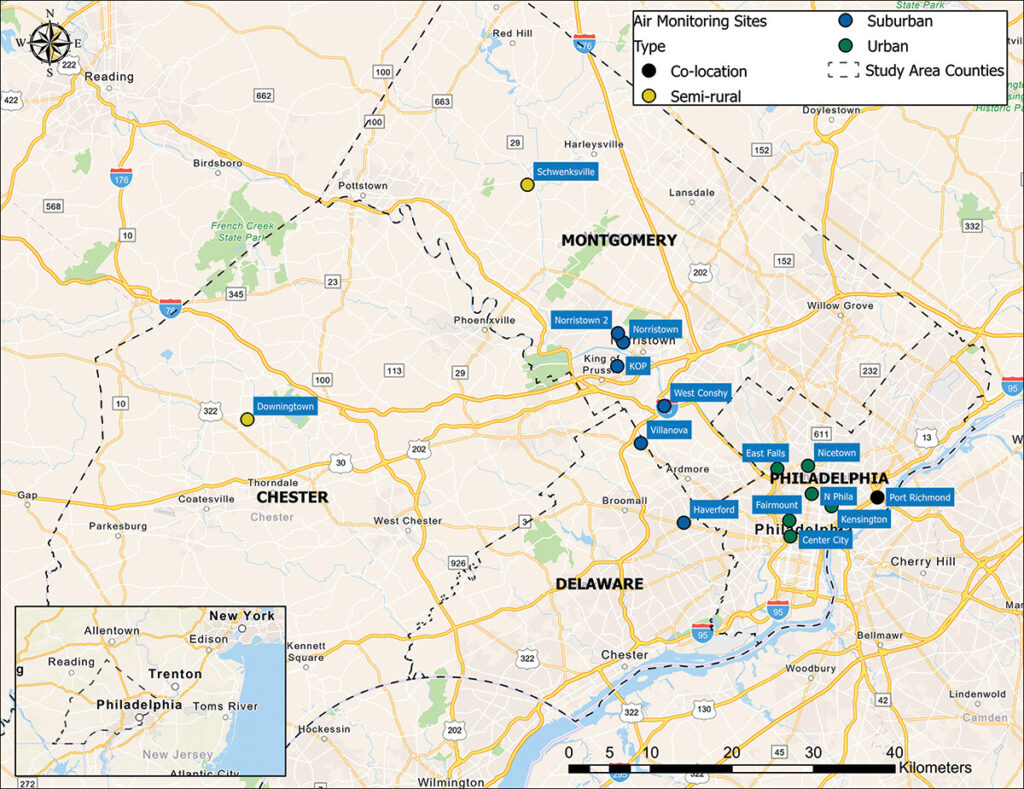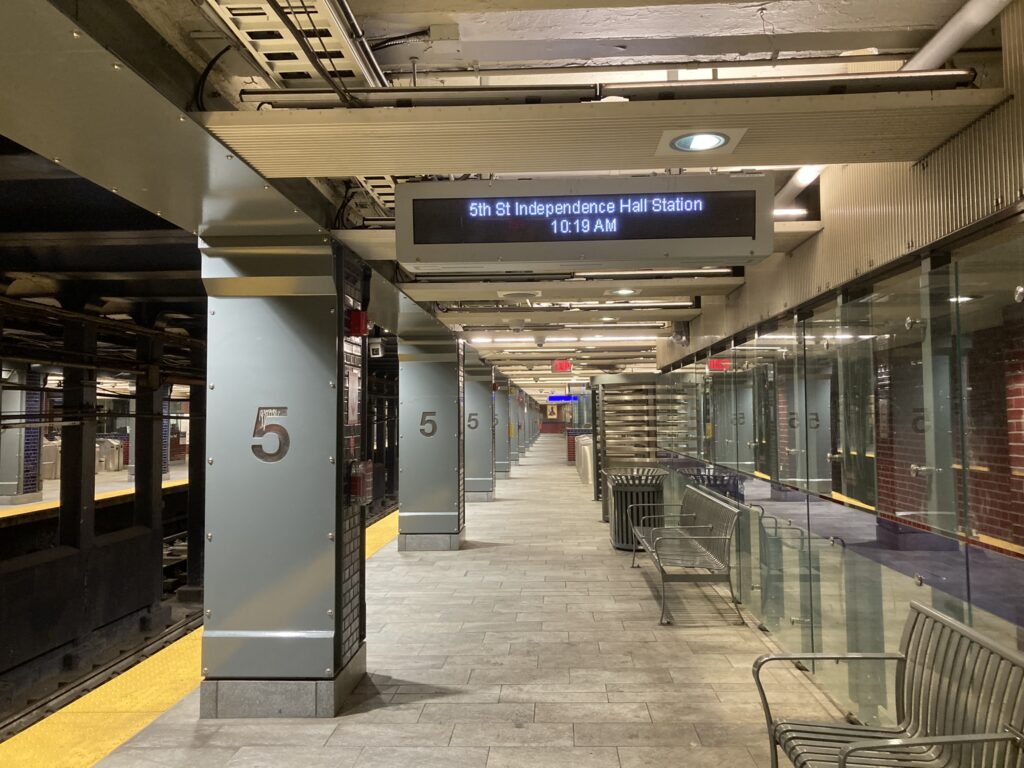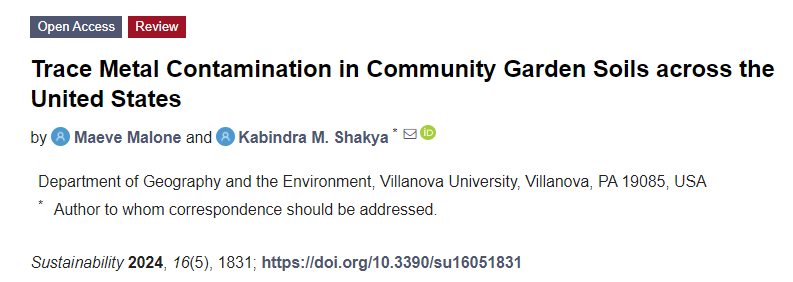
Shakya Lab
In this lab, we mainly work on the issues of outdoor and indoor air quality focusing on particulate matter, and gases such as nitrogen oxides, sulfur dioxide, ammonia, and ozone. Our research also involves assessing trace metal (heavy metal) contamination in soils of community gardens, parks, and residences. We are also interested in applying geospatial tools in studying environmental pollution, sustainability, and environmental justice issues. The main research themes are air pollution, soil pollution, environmental health, and environmental justice.
Community Monitoring of Air Quality
Our group have been monitoring air quality in Philadelphia and suburban regions. We used various portable instruments and techniques. In previous study, we have used mobile monitoring technique by carrying portable instruments and walking around five different neighborhoods in Philadelphia (Shakya et al., 2019), and by installing monitors on the roof of the car and driving around Philadelphia (Cummings et al., 2021). Additionally, we have used passive sampling technique such as Ogawa passive samplers to monitor air quality in urban, suburban, and semi-rural region in Philadelphia (Terry and Shakya, 2024). Besides air pollution monitoring, our studies used the application of GIS tool to assess the association with land use, land cover, and social demographics.
Ongoing Project: Community monitoring of air quality in Philadelphia using passive samplers and Purple Airsensor. (Funding: US EPA). 2023-2025.

Map of the four counties (Philadelphia, Montgomery, Delaware, and Chester) of the study region where the samples were taken. The green dots represent urban locations; blue dots represent suburban sites; gold dots represent semi-rural sites; the black dot represents the US EPA co-location sampling site. (Terry and Shakya et al., 2024)
Subway Air Quality
Underground subways are one of the highly polluted environment. Our past studies have found very high level of particulate matter levels at the underground subway stations than the aboveground location (Shakya et al., 2020). This may be one of the locations where we may be exposed to high level of particulate pollution on daily basis. Therefore, it is important to regularly monitor and apply control mechanisms to improve better indoor air quality at subway stations.
Ongoing Project: Monitoring air quality and assessment of health effects of exposure to particulate matter at subways in Philadelphia (Funding: NIH). 2021-2025.

5th Street Underground Subway Station in Philadelphia
Trace metal contamination in garden soils
Community gardens are gaining popularity in urban and suburban regions because of various ecosystem services, food resources, and mental benefits provided to the neighborhoods. However, depending on the location and vicinity of community gardens, soils may have chemical contaminants including trace metal and metalloids such as lead, arsenic, cadmium (Malone and Shakya, 2024; Sage et al., 2023). These may be because of past industrial legacy, and have been found to contain higher levels at urban regions such as Philadelphia and Pittsburgh than suburban regions (Bassetti et al., 2023). Therefore, it is important to continuously monitor and reduce the exposure to toxic chemical contaminants in these gardens.
Ongoing Project: Monitoring of trace metal contaminants in soil samples around Philadelphia and Norristown (Funding: AGILE and Villanova VERITAS grant)

Community garden in Philadelphia. Source: Bassetti et al., 2023
Join the lab
Please email me at kabindra.shakya@villanova.edu if you are interested to be involved in research in this lab.
Besides the above topics, there are various research projects to be involved in the topics of environmental sustainability, long-term trend of pollutants (Kellenbenz and Shakya, 2021), and environmental justice (Conway et al., 2020).
Undergraduate Researcher: Opportunities are available to be involved in the various research projects.
Graduate Fellowships: Please visit the departmental website for further details on graduate program (M.S. in Environmental Science). Graduate fellowships are available from the University and Teaching Assistantships are available from the department. You need to apply before the deadline (February 1) to be eligible for the department’s teaching assistantships.

Kabindra Shakya
Associate Professor of Environmental Science
Department of Geography and the Environment
Villanova University
800 E Lancaster Avenue
Villanova, PA 19085
Email: kabindra.shakya@villanova.edu
Office: Mendel Science Building G-67
Lab: Mendel Science Building G-11




